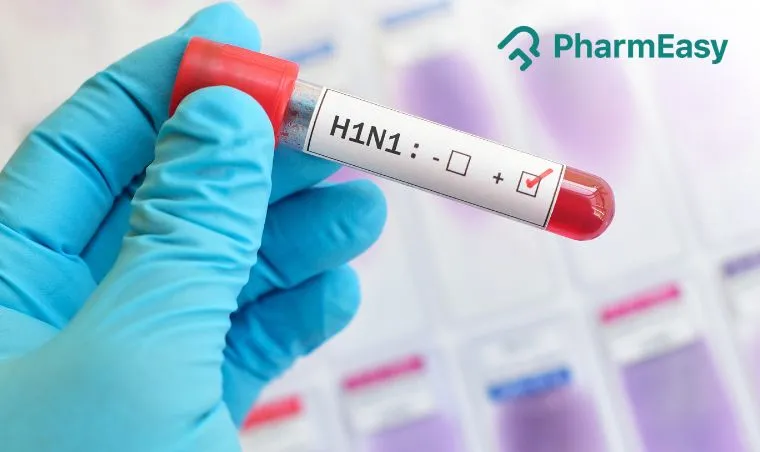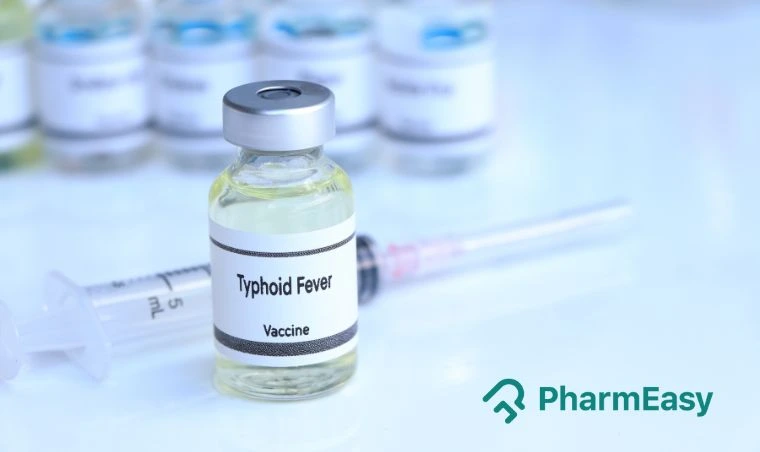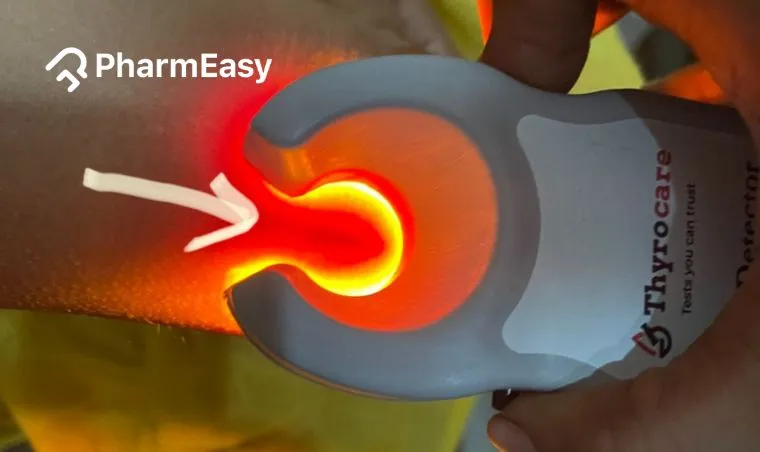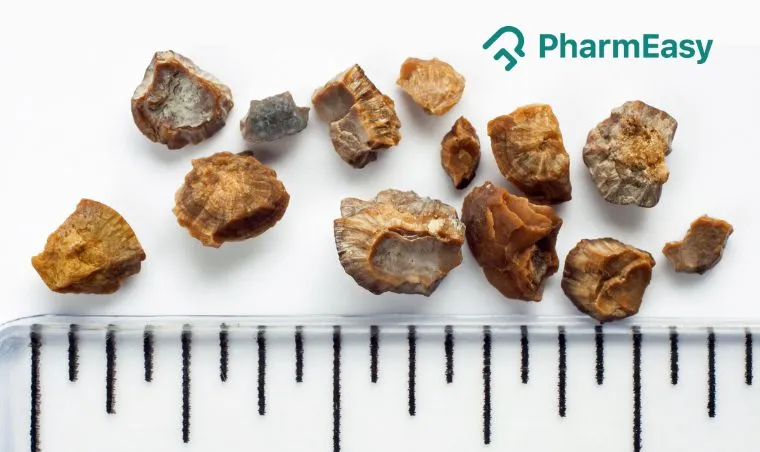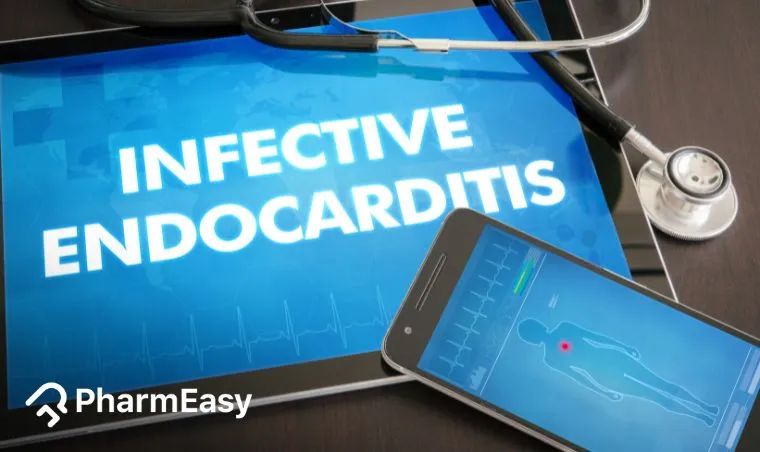Mounjaro 2.5mg Vial Of 0.5ml Solution For Injection
Description
Mounjaro 2.5 injection takes a unique approach to manage type 2 diabetes and weight-related issues (obesity). Unlike traditional medications that focus on a single hormone pathway, Mounjaro works by simultaneously stimulating two key hormone receptors: GIP and GLP-1. These are natural hormone systems in the body that play a crucial role in regulating blood sugar levels and reducing appetite.
Due to its dual-action mechanism, Mounjaro has been shown to be particularly effective for adults with type 2 diabetes, when combined with dietary modifications and regular exercise, for enhanced blood glucose control. It’s also prescribed for weight management in individuals who are overweight (with increased risk of heart diseases, obstructive sleep apnea, high blood pressure, joint problems) or those living with obesity.
Mounjaro 2.5 injection works in sync with your body by imitating the effects of natural hormones. It helps your pancreas release insulin only when it's needed and encourages a sense of fullness even after smaller meals, which supports both blood sugar regulation and healthy weight loss.
Mounjaro can also be beneficial in managing blood sugar for individuals with certain types of kidney and liver diseases, when prescribed under the guidance of an expert.
Mounjaro must be used with caution in individuals who fall under special population categories such as pregnant or lactating women, pediatric patients, and the elderly. Below is a detailed overview for each group to guide healthcare professionals and patients in making informed decisions.
Mounjaro 2.5 injection is not recommended for those with a personal or family history of medullary thyroid carcinoma or multiple endocrine neoplasia syndrome type 2 (MEN2). Pregnant individuals or those planning to conceive should avoid this medication due to potential risks to the developing baby.
Before starting this treatment, please inform your doctor of all other medications you are taking to prevent interactions.
Product Summary
| Offer Price | ₹3500.00 |
| You Save | |
| Contains | Tirzepatide(2.5 Mg/0.5ml) |
| Uses | Type 2 diabetes mellitus and management of obesity |
| Side effects | Nausea, diarrhea, decreased appetite, vomiting, constipation, dyspepsia, and abdominal pain. |
| Therapy | ANTI-DIABETIC |
Uses
- Second-line therapy when metformin is contraindicated or insufficient
- Combination therapy with other antidiabetic medications
- Alternative to insulin therapy in appropriate patients
- Management of patients requiring both glycemic control and weight reduction
- Adults (≥18 years) with confirmed type 2 diabetes when metformin, dietary modifications and exercise fail to achieve desired blood sugar control.
- Inadequate blood sugar management despite lifestyle modifications
- HbA1c ≥7% or as clinically appropriate
- Patients requiring weight management alongside diabetes management, depending on the BMI and associated comorbidities
Contraindications
- Personal or family history of medullary thyroid carcinoma (MTC)
- Multiple Endocrine Neoplasia syndrome type 2 (MEN 2)
- Hypersensitivity to Tirzepatide or any of its components
- Previous serious allergic reactions to GLP-1 receptor agonists
Side effects
- Gastrointestinal Effects:
- Abdominal pain
- Constipation
- Indigestion
- Nausea
- Diarrhea
- Vomiting
- Decreased appetite
- Hypoglycemia (drop in blood sugar below 70 mg/dL)
- Injection site reactions
Precautions and Warnings
Pregnancy
Breast Feeding
Driving
Alcohol
Other General Warnings
- You have a history of pancreatitis.
- You experience severe abdominal pain, nausea, or vomiting, which could indicate pancreatitis.
- You have type 2 diabetes and are taking insulin or a sulfonylurea, as you may be at an increased risk of hypoglycemia.
- You experience frequent nausea, vomiting, or diarrhoea, which may lead to dehydration and kidney issues.
- You have kidney disease, have had a kidney transplant, or have liver disease.
- You are elderly, especially if you are over 85 years old, as there is limited data on safety in this age group.
- You have a disease of the gallbladder or experience symptoms such as abdominal pain, yellowing of the skin or eyes (jaundice), clay-coloured stools, and fever.
- You have severe gastrointestinal disease, including gastroparesis (delayed emptying of the stomach due to reduced movement), as this injection has not been studied in such patients.
- You have eye problems, such as diabetic retinopathy or diabetic macular oedema, as this injection should be used cautiously in these conditions.
- You are scheduled for a procedure requiring general anaesthesia or deep sedation, as there is an increased risk of pulmonary aspiration.
- You notice any unusual changes in your vision while using this injection.
Directions for Use
- If anything appears unusual, do not use the vial and contact your healthcare provider immediately.
- Wash your hands thoroughly with soap and water. Choose your injection site on your thigh, upper arm, or stomach area.
- Rotate injection sites to prevent lipodystrophy.
- You may administer an injection of Mounjaro and insulin in the same body area (such as the stomach area), but not directly adjacent to each other.
- Administer on the same day each week.
- Can be taken with or without food.
- Store in a refrigerator (2°C to 8°C) until use.
- Do not reuse pens or share them with others.
Storage and disposal
- Store Mounjaro 2.5 injection in a refrigerator at a temperature between 2°C and 8°C.
- If necessary, each single-dose pen or vial can be stored unrefrigerated at temperatures not exceeding 30 °C for up to 21 days.
- Do not freeze. Do not use if frozen.
- Store it in the original carton to protect it from light.
Quick Tips
- To help keep your blood sugar levels steady, take Mounjaro 2.5 injection on the same day each week. Setting a reminder can help you stay on track.
- Rotate your injection sites (such as the abdomen, thigh, or upper arm) weekly to prevent skin irritation, bruising, or lumps.
- Regularly check your blood sugar to monitor for signs of low blood sugar, especially if you are on other diabetes medications.
- Eat small, frequent, and balanced meals, and avoid greasy or heavy foods to minimise nausea. Make sure to stay hydrated by drinking plenty of water, especially if you experience nausea, vomiting, or diarrhoea....
- Be aware of serious side effects such as intense stomach pain, signs of pancreatitis (like pain radiating to the back with nausea or fever), or allergic reactions. Contact your doctor immediately if any of these occur....
- Mounjaro 2.5 injection may interfere with oral contraceptives. To prevent unintended pregnancy, use a backup birth control method (such as condoms), an intrauterine device (IUD) or switch to a non-oral contraceptive for four weeks after starting treatment and for four weeks after any dose increase....
- Inform your doctor or surgeon that you’re using Mounjaro 2.5 injection if you have surgery scheduled, as it may slow down how your stomach empties and increase the risk of complications during anaesthesia....
- Mounjaro 2.5 injection is not recommended for patients under 18 years of age.
- Older adults often experience physiological changes that can affect how medications are processed. While the efficacy of this product remains consistent in the elderly, some caution is still necessary....
Dosage
Overdose
Missed a Dose
Mode of Action
How Does It Work?
- Mounjaro works differently from other diabetes and weight loss medications because it targets two hormone pathways simultaneously.
- While most treatments activate only one receptor, Mounjaro activates both the GIP and GLP-1 receptors simultaneously, providing a more comprehensive approach to blood sugar control and weight management....
- By activating the GIP Receptor pathway, Tirzepatide preserves insulin-producing pancreatic cells while acting on the appetite control centres of the brain. This helps reduce food cravings and portion sizes naturally....
- Also, by activating GLP-1 Receptor, it increases insulin sensitivity & secretion, slows gastric emptying, and reduces liver glucose production.
- This dual activation creates a synergistic therapeutic effect that surpasses the sum of individual receptor activations, leading to improved blood sugar control and supporting weight loss.
Interactions
Interactions with other medicines
- Taking oral medications with a narrow therapeutic index, such as warfarin or digoxin, may be affected by tirzepatide, as it can alter their absorption.
- Using medications that require a rapid onset of action might be problematic since this injection may delay their effects.
- Relying on oral contraceptives may be risky, as this injection could reduce their effectiveness. It is advisable to consider switching to a non-oral contraceptive method or to use additional protection for four weeks after starting or increasing the dose....
- Having obesity or being overweight while using oral contraceptives may raise concerns, as this can affect their efficacy.
- Frequent use of paracetamol may be impacted by this injection, as it may delay its absorption; however, no dose adjustment is typically necessary.
Content Details
Dr. Nikita Toshi
BDS (Bachelor of Dental Surgery), WHO FIDES member
Dr. Arpit Verma
MBBS, MD CCEBDM Diabetology
Frequently Asked Questions (FAQs)
Q: What are the most common side effects of Mounjaro 2.5 injection I should be aware of?
Q: Will Mounjaro 2.5 injection interact with other medications I am taking?
Q: What is the price of Mounjaro 2.5 injection in India?
Q: Is Mounjaro 2.5 injection used for weight loss?
Q: What is Mounjaro 2.5 injection, and what is it used for?
Q: How does Mounjaro 2.5 injection work?
Q: Is Mounjaro 2.5 injection an insulin?
Q: How is Mounjaro 2.5 injection administered?
Q: Can Mounjaro 2.5 injection cause low blood sugar (hypoglycemia)?
Q: Who should not use Mounjaro 2.5 injection?
Q: Can Mounjaro 2.5 injection be used during pregnancy or breastfeeding?
Q: Do I have to take Mounjaro 2.5 injection for the rest of my life?
Q: What happens when you stop taking Mounjaro 2.5 injection?
Q: Can I take Mounjaro 2.5 injection with other diabetes medications?
Q: Are there any precautions to follow while taking Mounjaro 2.5 injection?
- Yes, some important precautions include:
- Monitor for low blood sugar if you're taking other diabetes medications.
- Stay hydrated, particularly if you experience stomach upset.
- Avoid or limit alcohol, as it can increase the risk of low blood sugar or dehydration.
- Inform your doctor if you have a history of pancreatitis, kidney disease, or severe gastrointestinal issues.
- If you're undergoing surgery, notify your doctor that you're taking Mounjaro 2.5 injection, as it can slow stomach emptying and may need to be suspended prior to the procedure.
- For women using oral birth control, discuss alternative or additional contraception with your doctor.
Q: How quickly does Mounjaro 2.5 injection start working?
Q: What should I do if I miss a dose?
Q: Should I rotate injection sites?
Q: What are Mounjaro’s available strengths and typical uses?
- Mounjaro is a once-weekly injection administered subcutaneously and is available in various strengths to allow for a personalised treatment plan.
- The medication typically begins with a 2.5 mg dose, which is used to initiate therapy and help the body adjust. After this initial phase, most patients move to the 5 mg dose, which is commonly prescribed as a regular maintenance dose. ...
- If further blood sugar control is needed, the dose may be increased to 7.5 mg, followed by 10 mg for greater therapeutic effect.
- For patients requiring stronger results, 12.5 mg may be considered, and the maximum approved dose is 15 mg.
- The decision to adjust the dose depends on individual response, tolerability, and overall treatment goals, and should always be guided by your doctor.
References
- Lilly.com | Eli Lilly and Company [Internet]. www.lilly.com. [Cited 6th June 2025]
- Mounjaro KwikPen 2.5mg solution for injection in pre-filled pen - Summary of Product Characteristics (SmPC) - (emc) [Internet]. www.medicines.org.uk. [Cited 6th June 2025]
- MOUNJAROTM (tirzepatide) Injection, for subcutaneous use Initial U.S. Approval: 2022 [Internet]. uspl.lilly.com. [Cited 6th June 2025]
- Central Drugs Standard Control Organization (CDSCO). Drugs [Internet]. New Delhi: Central Drugs Standard Control Organization; [cited 2025 Jun 6].
- U.S. Food and Drug Administration. FDA Approves Mounjaro (tirzepatide) injection for treatment of adults with type 2 diabetes. May 13, 2022.
- Coskun T, Sloop KW, Loghin C, et al. LY3298176, a novel dual GIP and GLP-1 receptor agonist for the treatment of type 2 diabetes mellitus: From discovery to clinical proof of concept. Mol Metab. 2018;18:3-14.
- Frias JP, Nauck MA, Van J, et al. Efficacy and safety of LY3298176, a novel dual GIP and GLP-1 receptor agonist, in patients with type 2 diabetes: a randomised, placebo-controlled and active comparator-controlled phase 2 trial. Lancet. 2018;392(10160):2180-2193.
- Rosenstock J, Wysham C, Frías JP, et al. Efficacy and safety of a novel dual GIP and GLP-1 receptor agonist tirzepatide in patients with type 2 diabetes (SURPASS-1): a double-blind, randomised, phase 3 trial. Lancet. 2021;398(10295):143-155.
- Frías JP, Davies MJ, Rosenstock J, et al. Tirzepatide versus Semaglutide Once Weekly in Patients with Type 2 Diabetes. N Engl J Med. 2021;385(6):503-515.
- Ludvik B, Giorgino F, Jódar E, et al. Once-weekly tirzepatide versus once-daily insulin degludec as add-on to metformin with or without SGLT2 inhibitors in patients with type 2 diabetes (SURPASS-3): a randomised, open-label, parallel-group, phase 3 trial. Lancet. 2021;398(10300):583-598.
- Del Prato S, Kahn SE, Pavo I, et al. Tirzepatide versus insulin glargine in type 2 diabetes and increased cardiovascular risk (SURPASS-4): a randomised, open-label, parallel-group, multicentre, phase 3 trial. Lancet. 2021;398(10313):1811-1824.
- Dahl D, Onishi Y, Norwood P, et al. Effect of Subcutaneous Tirzepatide vs Placebo Added to Titrated Insulin Glargine on Glycemic Control in Patients With Type 2 Diabetes: The SURPASS-5 Randomised Clinical Trial. JAMA. 2022;327(6):534-545.
- Nauck MA, Quast DR, Wefers J, Meier JJ. GLP-1 receptor agonists in the treatment of type 2 diabetes - state-of-the-art. Mol Metab. 2021;46:101102.
- Mounjaro [package insert]. Indianapolis, IN: Eli Lilly and Company; 2022.
- Thomas MK, Nikooienejad A, Bray R, et al. Dual GIP and GLP-1 Receptor Agonist Tirzepatide Improves Beta-cell Function and Insulin Sensitivity in Type 2 Diabetes. J Clin Endocrinol Metab. 2021;106(2):388-396.
- Heerspink HJL, Sattar N, Pavo I, et al. Effects of tirzepatide versus insulin glargine on kidney outcomes in type 2 diabetes in the SURPASS-4 trial: post-hoc analysis of a randomised, open-label, parallel-group, phase 3 trial. Lancet Diabetes Endocrinol. 2022;10(11):774-785.
- Garvey WT, Frias JP, Jastreboff AM, et al. Tirzepatide once weekly for the treatment of obesity in people without diabetes (SURMOUNT-1): a double-blind, randomised, placebo-controlled, phase 3 trial. Lancet. 2022;400(10350):563-571.
- Sattar N, McGuire DK, Pavo I, et al. Tirzepatide cardiovascular event risk assessment: a pre-specified meta-analysis. Nat Med. 2022;28(3):591-598.
- Karagiannis T, Avgerinos I, Liakos A, et al. Management of type 2 diabetes with the dual GIP/GLP-1 receptor agonist tirzepatide: a systematic review and meta-analysis. Diabetologia. 2022;65(8):1251-1261.
Did you find this medicine information helpful?
Please rate your experience




